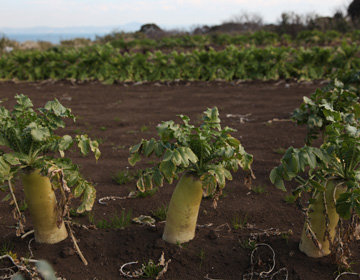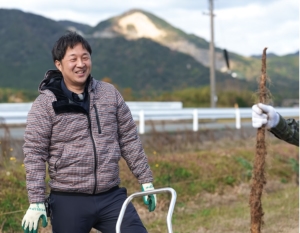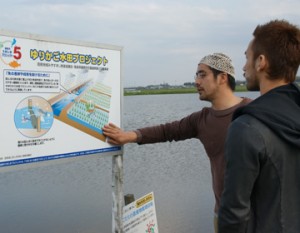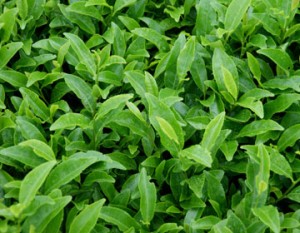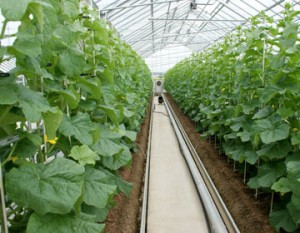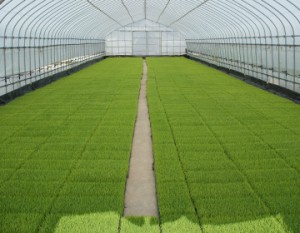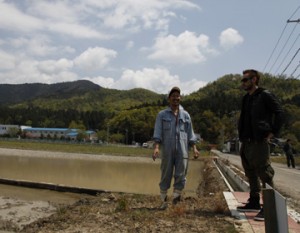An area with many successors
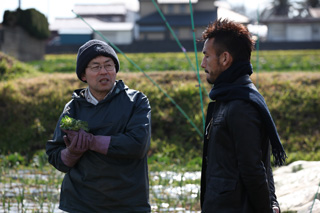
You often hear that the number of successors of farms is decreasing. However, on Miura Peninsula where Takanashi farm is located, there are many successors due to is favorable location, being close to the cities with mild weather. Takanashi is also a second generation farmer who succeeded his father.
Primary Miura crop that come to one’s mind is ”Miura Daikon.” Today, a meager one percent of ”daikon” fields produces ”Miura Daikon.” The current mainstream ”daikon” is ”Aokubi Daikon.” Miura Peninsula was hit by a major typhoon in 1979 which caused most of the ”Miura Daikon” crops to die. ”Aokubi Daikon” was introduced as a substitute crop because of their smaller size, making them easy to handle and providing a higher yield. As a result, their production gradually grew.
Continuing to produce ”Miura Daikon”
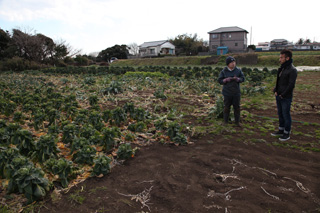
Takanashi had wanted to produce ”Miura Daikon” as his father had also been a ”Miura Daikon” grower. When he shipped the ”Miura Daikon” to Japan Agricultural Cooperatives (JA), they were classified as seasonal crops. That is why he started direct sales nearby in 1992. It may not be as efficient as ”mass-production or mass sales” but in direct sales, he receives direct reaction from the consumers that the product was good, providing encouragement.
In addition, he receives many requests. Requests from restaurants for certain vegetables, or from chefs who had come back from abroad looking for a certain kind of vegetable. Direct sales make it possible to cater to these requests. He started with 40 kinds of crops but now grows over 150.
Many kinds of ”daikon”
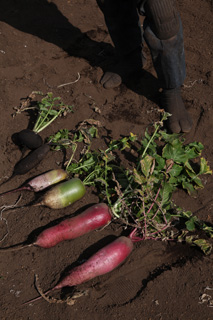
Of the 150 kinds of crops, there are 15 kinds of ”daikon”. ”Miura Daikon”, which is a type of ”Shirokubi Daikon”, and ”Aokubi Daikon” which is the type mostly seen at supermarkets. Next, Takanashi showed us a red ”daikon” to which Nakata exclaimed, ”Looks just like a sweet potato!” This one is suitable for eating fresh, in salads.
Next came a green ”daikon”. This green ”daikon” is very starchy but light and dry when steamed. They are all delicious in different ways but customers do not purchase ”daikon” that is new to them.
”We need to explain to the customers about unique ’daikon’ such as these, or they would not buy them. This is why direct sales is good. I want the customers to know about these ’daikon’” Takanashi told us.
This applies not only to ”daikon” but all vegetables you do not usually see in supermarkets. Direct sales depots are the perfect place to come into contact with colorful vegetables, including ”Miura Daikon”.



